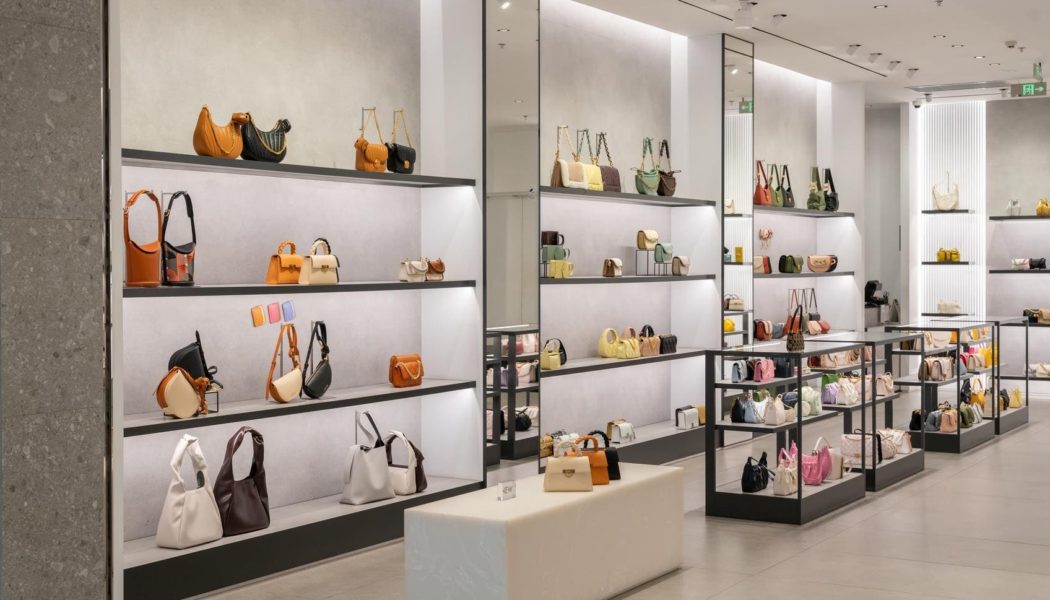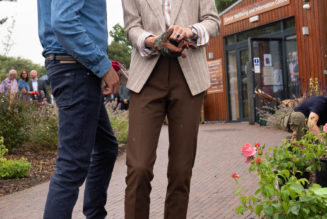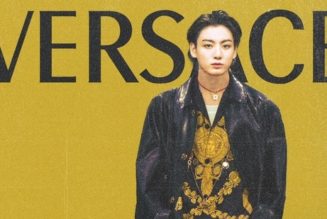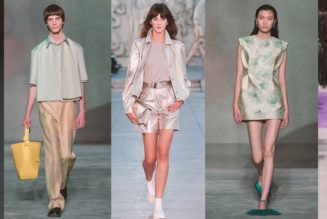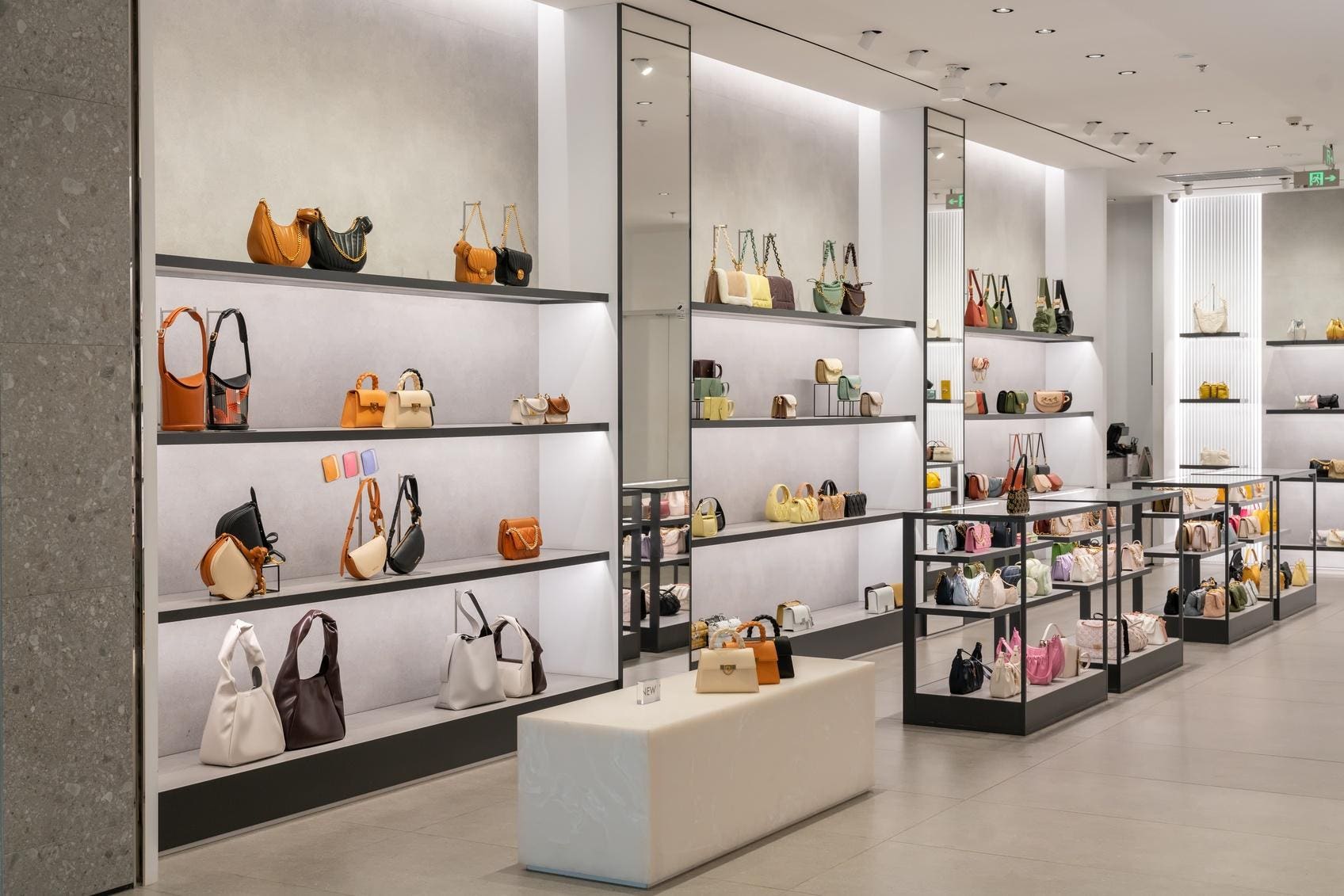
There is no shortage of need for luxury brands among global consumers. In 2024, the market for luxury goods is anticipated to generate $386.9 billion in revenue, with an expected annual growth of 3.22%, according to Statista. Luxury fashion is the largest segment, with an estimated market volume of $115.9 billion in 2024.
Even though it took a hit during the COVID-19 pandemic, the luxury goods market is going strong in the US and worldwide. That means now is an excellent time for luxury brands to consider breaking into emerging markets to attract consumers looking to elevate their looks and style with high-quality luxury products that will stand the test of time.
Understanding Market Dynamics
The first step in scaling growth with luxury brands in emerging markets is fully understanding the local consumer psychology and market dynamics. “As a brand owner, it’s important to get to know the tendencies of consumers in the markets you are considering,” explains Julien Duguay, owner of Medusa Jewelry, a luxury jewelry brand that is expanding from Quebec to Coral Gables, Florida. “Emerging markets are not monoliths; each has its unique cultural, economic, and social fabric. Before you consider entering a new market, conduct thorough market research to uncover the nuances that can influence your decision on where to build your next location.”
Ultimately, it all comes down to consumer preferences and whether local luxury consumers will be interested in what you are selling. “Understanding what drives the local consumer, from cultural values to purchasing power, shapes all subsequent strategies,” Duguay adds. Though it can be a lot of upfront work, market research is worth it for the payoff of a successful global expansion. “Expanding globally helps fashion brands build a stronger presence and reputation internationally, ultimately enhancing brand recognition and awareness,” says Michal Wlosik.
Tailoring Brand Offerings
Customizing products and experiences to suit local tastes without diluting the brand’s global appeal is a delicate balance, but one that could result in massive success when launching into a new market. “As a luxury brand, you’ll want to adapt your offering tastefully, in a way that respects the local culture’s preferences while still keeping your brand’s core identity intact,” says Duguay. “This can look different for various luxury products. For example, a luxury fashion brand might incorporate locally preferred colors or patterns into its designs, while a luxury car manufacturer might offer features that cater to the local clientele’s preferences for technology or comfort.”
Involving the local community is another way to generate excitement and build a following before your official launch. “Offering exclusive local editions or collaborations with local artisans and celebrities can generate buzz and foster a deeper connection with the market. These initiatives not only cater to the local consumer’s preferences but also help in building a narrative of inclusivity and respect towards local cultures,” says Duguay.
Focusing On In-Store and Online Experiences
Online sales for luxury goods are expected to account for 15.4% of all Luxury Goods revenue this year, according to Statista, meaning in-store experiences are still highly relevant. In particular, luxury brands are finding success in cities. “One of the most dramatic aspects of this emerging-market economic revolution is the growing power of cities and the extreme growth concentration in a limited number of megacities,” say Aimee Kim, Nathalie Remy, and Jennifer Schmidt for McKinsey.
Building the right partnerships can help bring people into your store. This can involve collaborating with local luxury retailers or forming alliances with other luxury brands. “Building relationships with other luxury brands can help you leverage existing market networks and gain credibility among local consumers. For example, we are thrilled to announce a business partnership with Versace for 2024, becoming an authorized retailer for their watches and sunglasses. This collaboration marks a significant step in our global expansion strategy,” says Duguay.
Luxury brands can also benefit from partnerships with local influencers and celebrities who resonate with the target demographic. These figures often set trends and have the power to profoundly shape brand perceptions. However, choosing the right partners who align with the brand’s values and image is critical to ensure authenticity and prevent brand dilution.
Scaling growth with luxury brands in emerging markets is a complex but rewarding endeavor requiring extensive market research, collaboration, and strategy. This balanced approach ensures that luxury brands continue to grow in new markets, setting a benchmark for success in the global luxury landscape.
